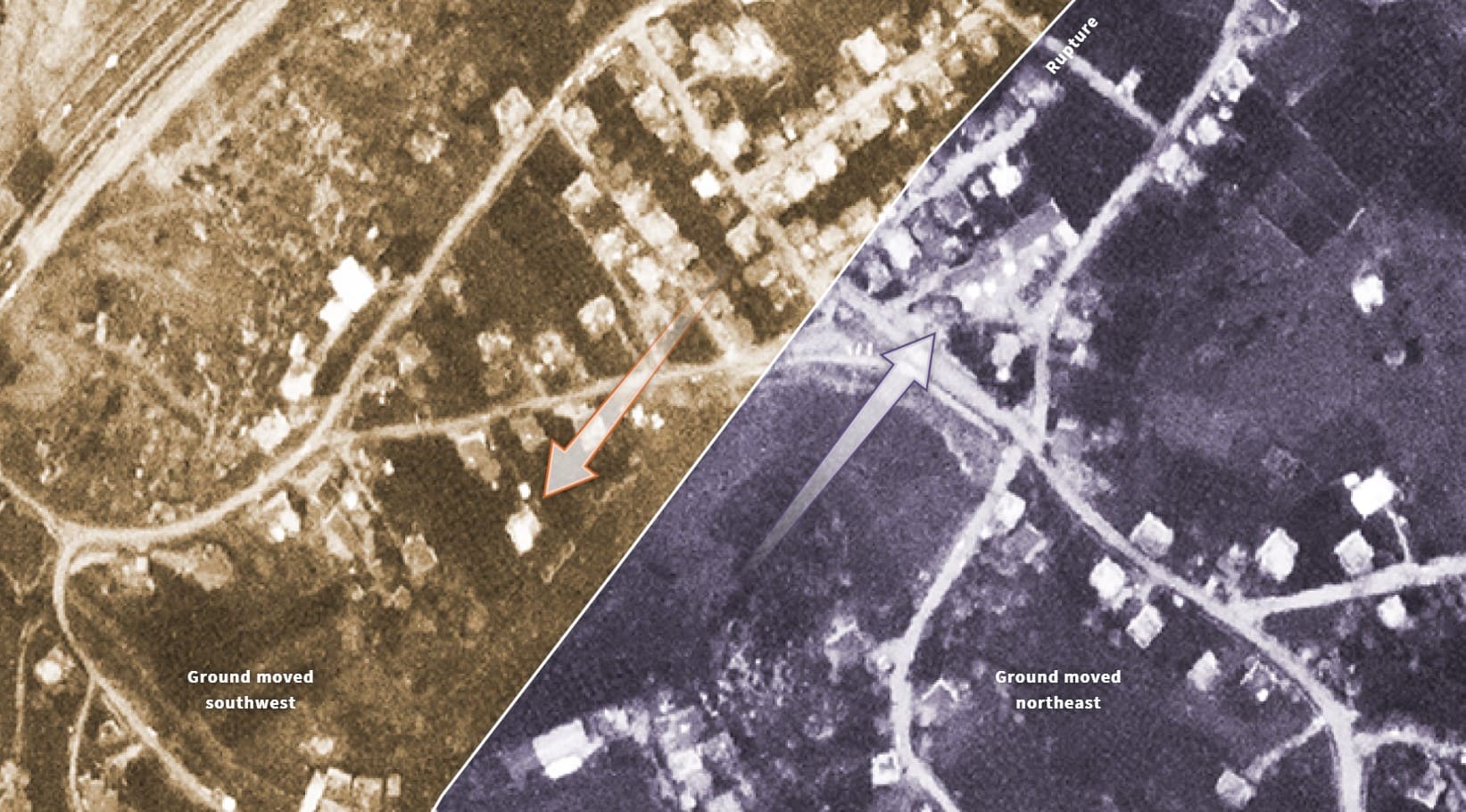Scrollytelling is the artful use of scroll and storytelling. It’s an overused buzzword and though it’s been around for a while, it’s such an integral part of a visual storytellers repertoire. Keeping up with the latest industry trends is imperative.
Scrollytelling takes long form storytelling and turns it into an interactive experience for an audience. Hopefully, keeping their attention span longer than a goldfish. Layers of audio and visual are added to a story in a compelling way that words alone cannot replicate. As the reader scrolls it reveals more information enhancing the scrolling experience.
There are a lot of moving parts when it comes to digital storytelling to keep up with. What format and platform will your audience be viewing on? Will it make sense on a mobile device? Should you use horizontal or vertical multimedia?
In my Facebook Group, Master Visual Storytelling, we talked about the excellent piece, Detained, by Emily Kassie who partnered with The Marshall Project and The Guardian.
Kassie takes the reader through the systemic issues within the US’ immigrant detention centers. She weaves her long form narrative beautifully with logically sequenced videos and interactive infographs. The tone is somber, but the whole experience is captivating. She is able to extract real emotion from her reader and that’s what leaves a lasting impression.
Appearance Matters
Yes, it does. And if a reader isn’t taken with your story right off the bat, they won’t engage. I know this, you know this, we all know this.
For communications professionals in industries like the non-profit sector, I’ve heard it time and time again, they are great writers, but their visual storytelling skills are underdeveloped. Scrollytelling is a cool way to manipulate visuals in your favor to get your message heard.
And like I said before, staying on top of trends is essential. Trends in 2019 have included more interactive and social experiences. Influential infographics, and stories that flirt with overlays, and play with movement.
Here are some pieces that address these trends and recently caught my attention.
Millennials Are Screwed from the Huffington Post might look like a lighthearted jab at Millennials, especially with the video game graphics, but it’s actually tackling serious issues that young people are facing today. College debt, lack of jobs, and living at home with parents is all touched on in this piece through sideways scroll, pop colors, and interactive infographics.
Cocainenomics is something I’ve not seen before. It’s an ad for the Narcos series on Netflix, but it’s the history of the Medellín cartel and how they transformed the cocaine business. It’s clever, fresh and it’s embedded with clips from the series. Will this be something we see more of?
How The New Syria Took Shape is an interactive, fast moving, colored coded map that gives us a sobering look into how fast Syria was carved up after US troops pulled out of Syria.
#IamBinadam is a social campaign that focuses on LGBTQ people in Tanzania. Through overlays, graphics, and data the project focuses on how dire the situation is for LGBTQ individuals and their hope that their message will reach a wide audience.
Scrollytelling gives the reader a sense of control, and plays to their irresistible urge to scroll. The more engaging it is, the likelihood that the reader will make it until the end. This is obviously common sense for most visual storytellers, but it’s one that still one that is worth repeating and staying on top of.
Share your favorite examples of Scrollytelling!

